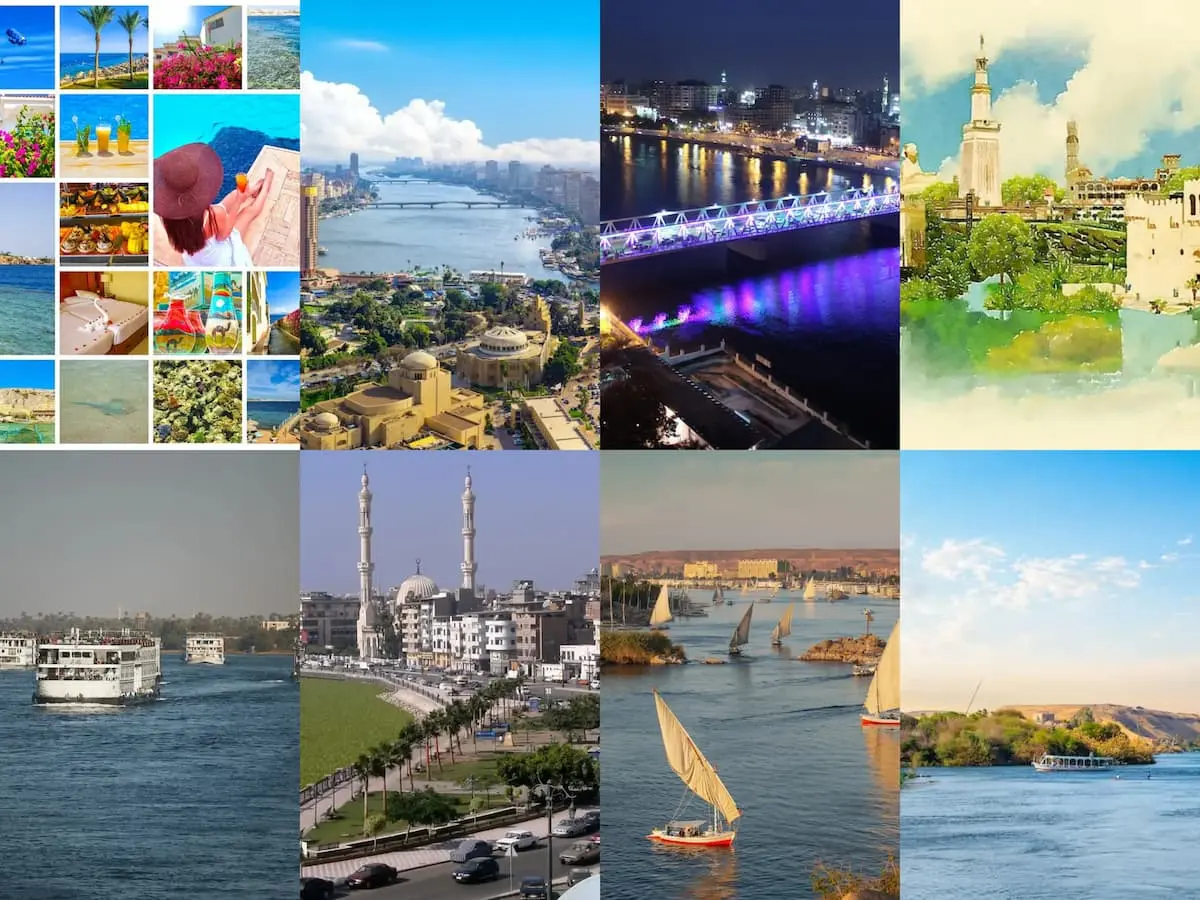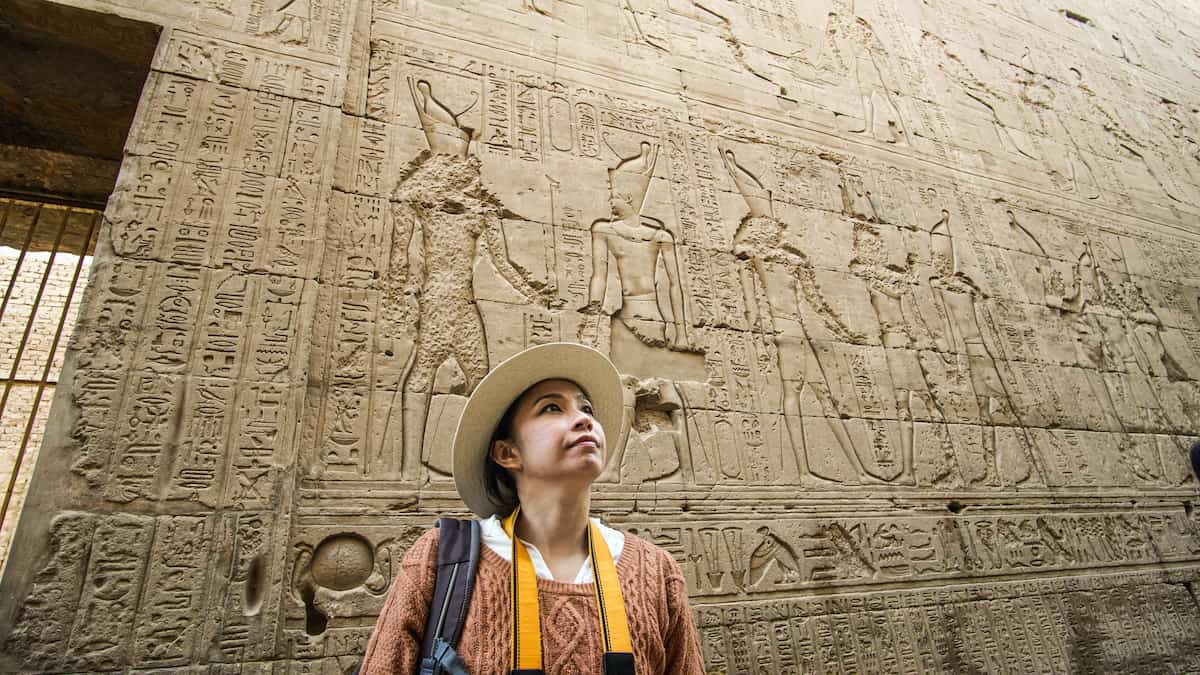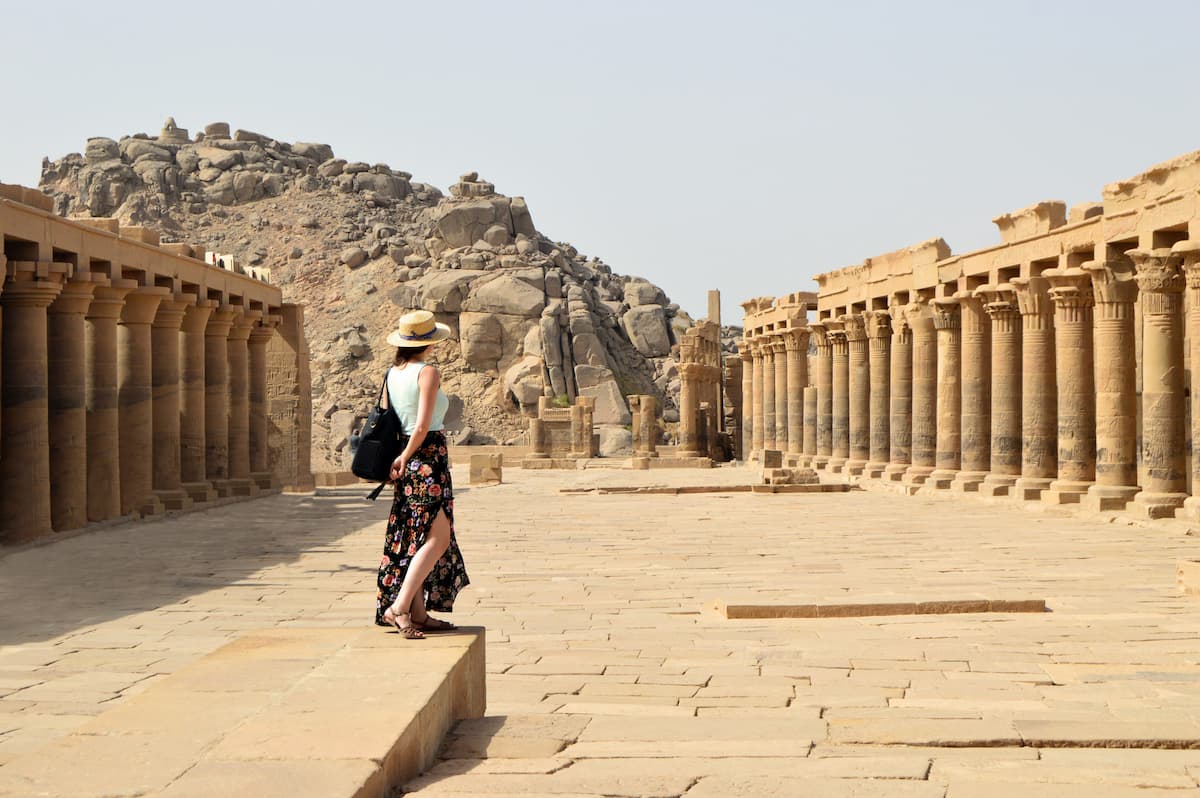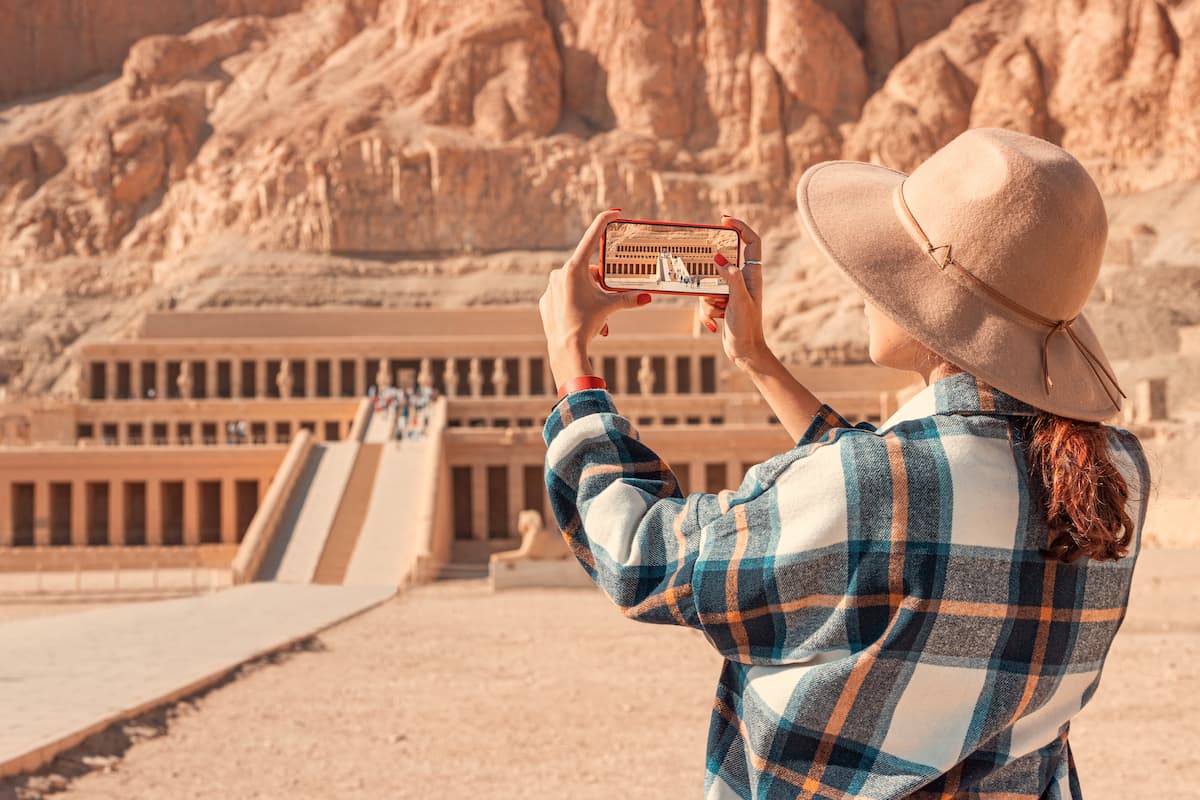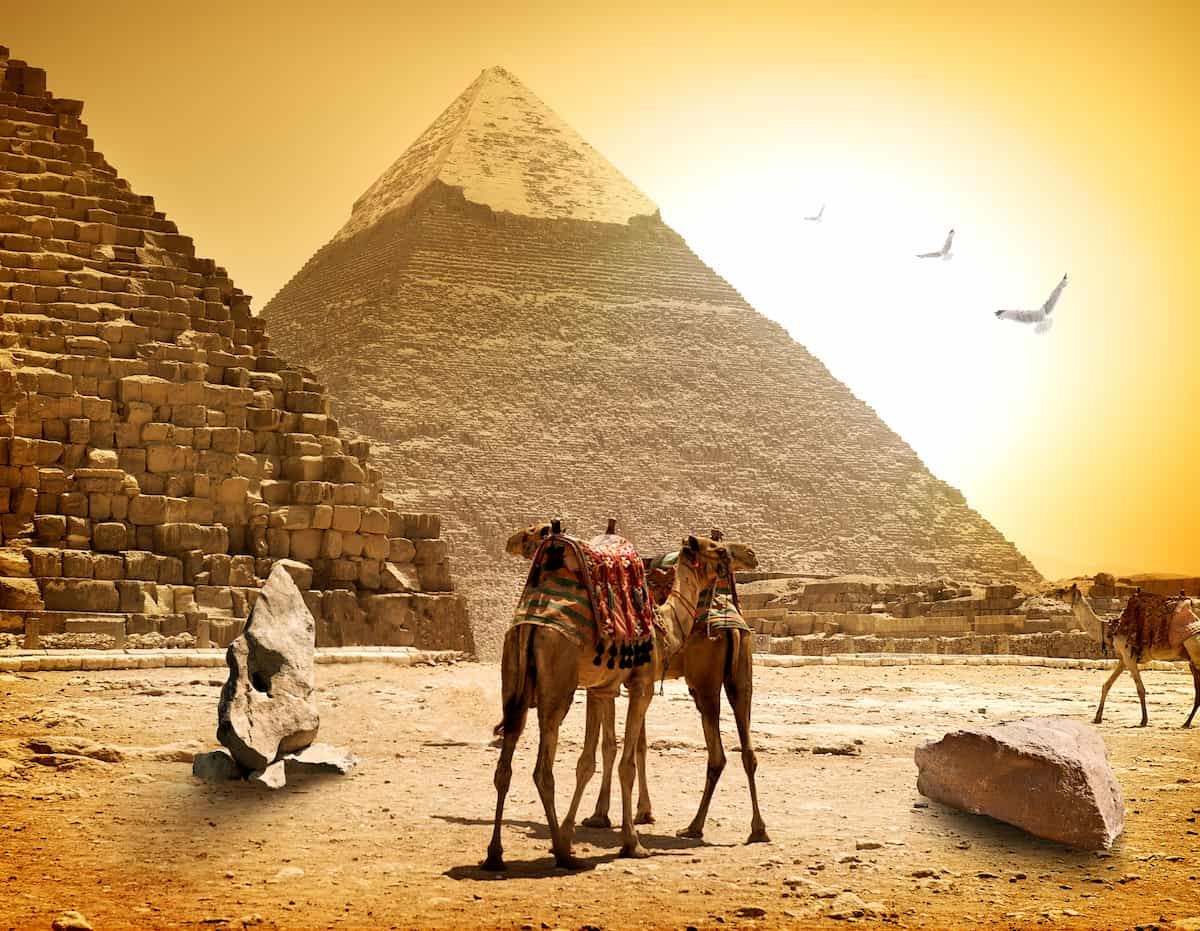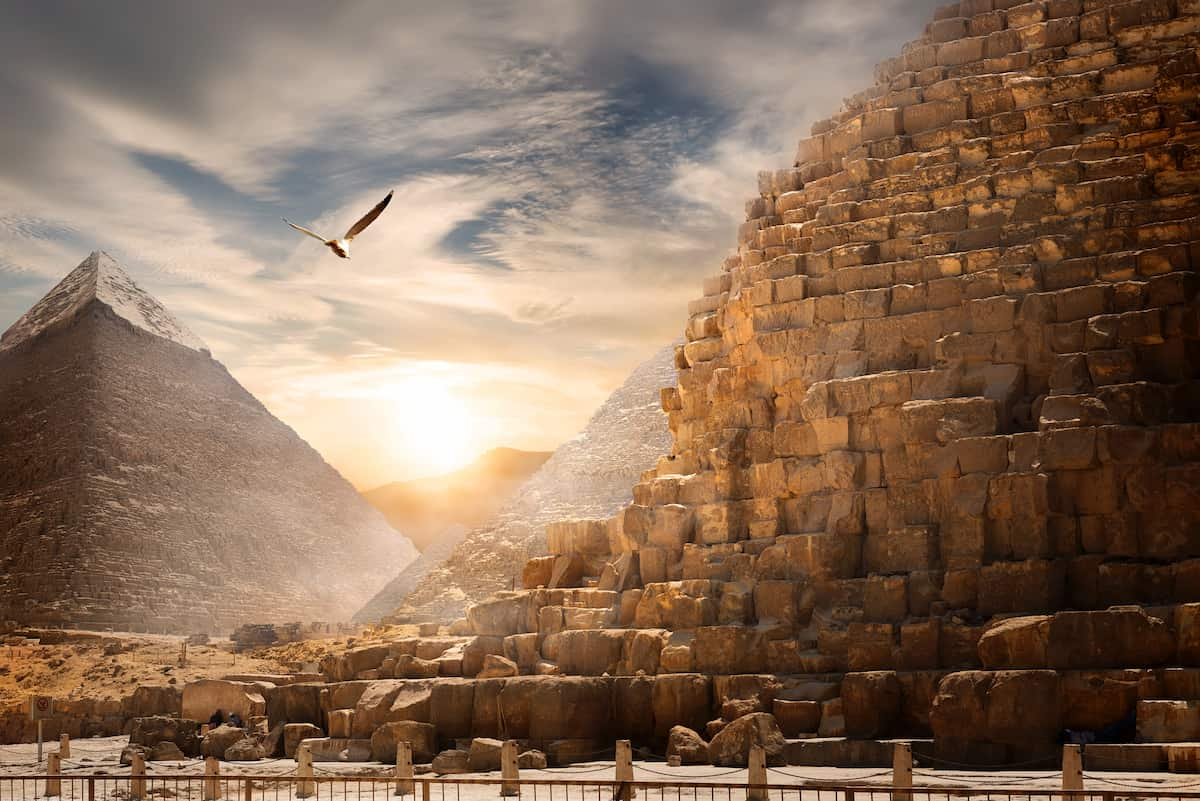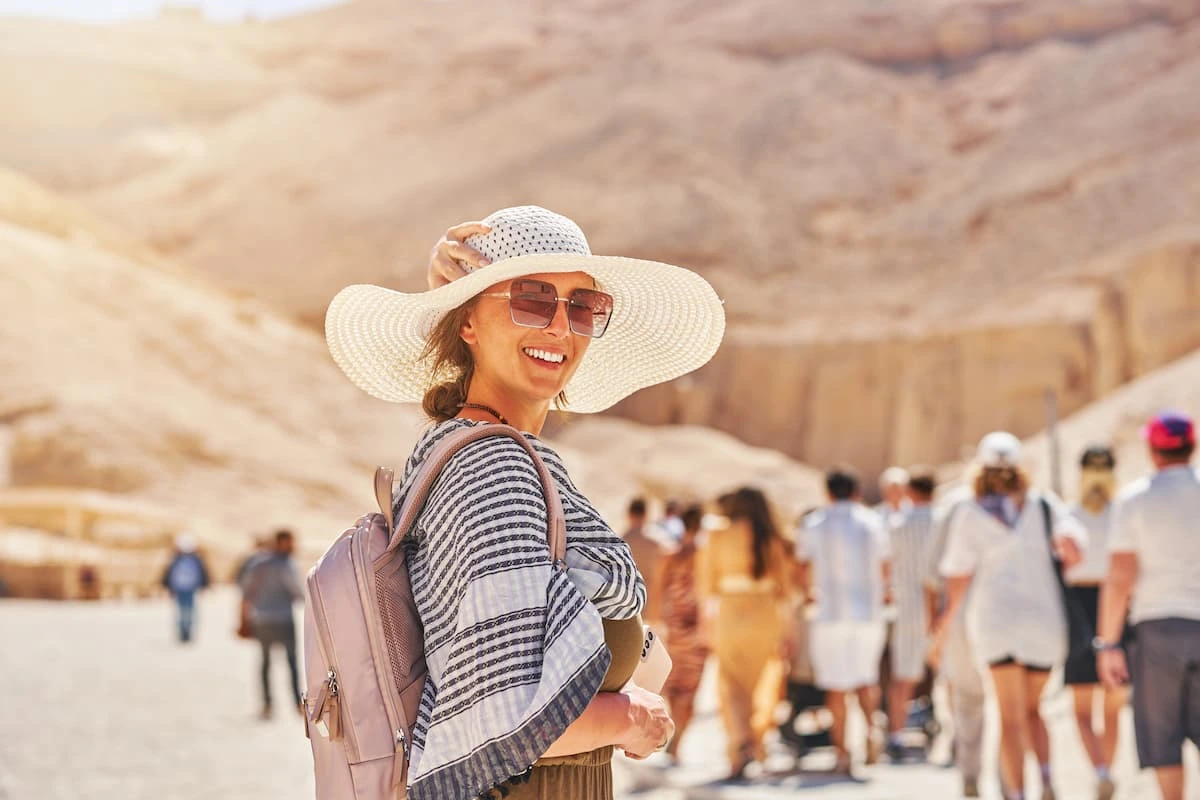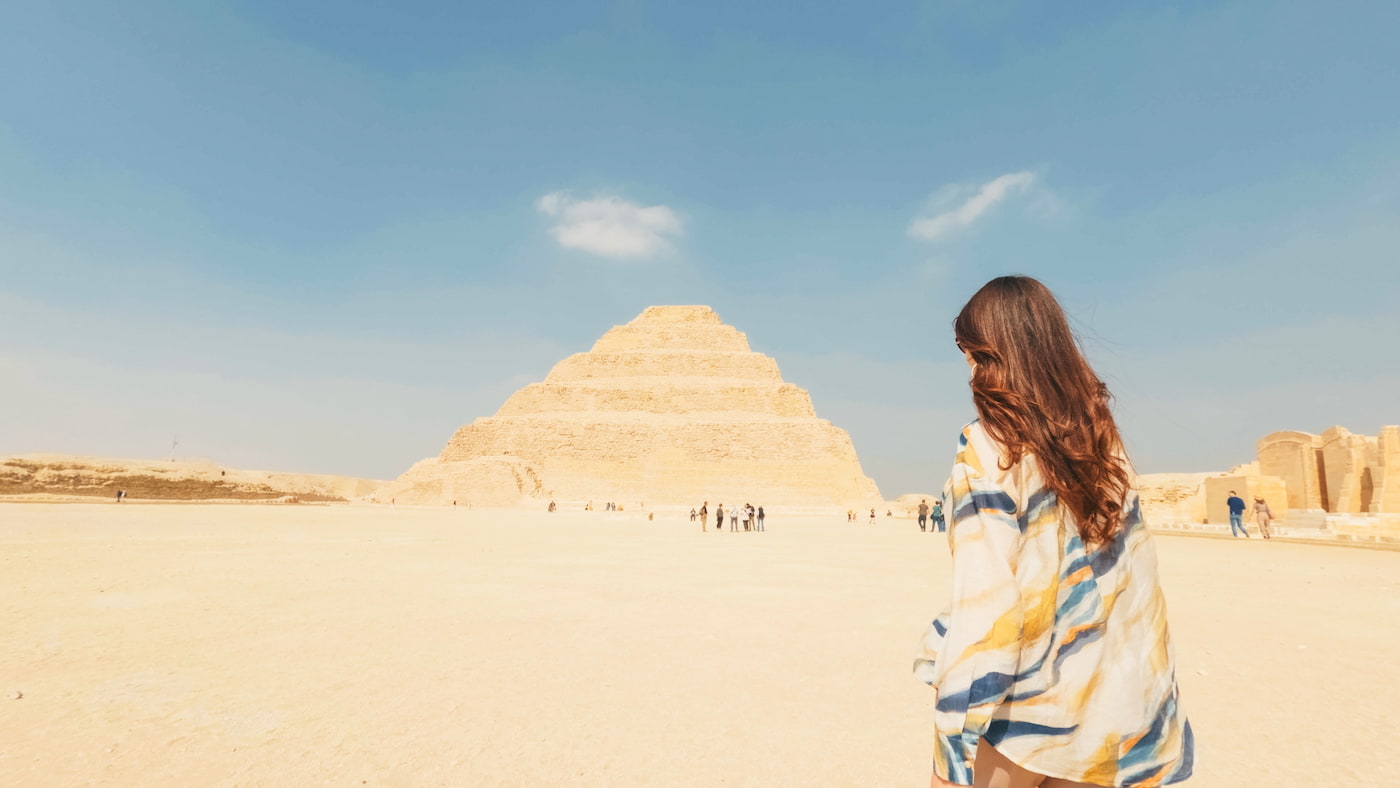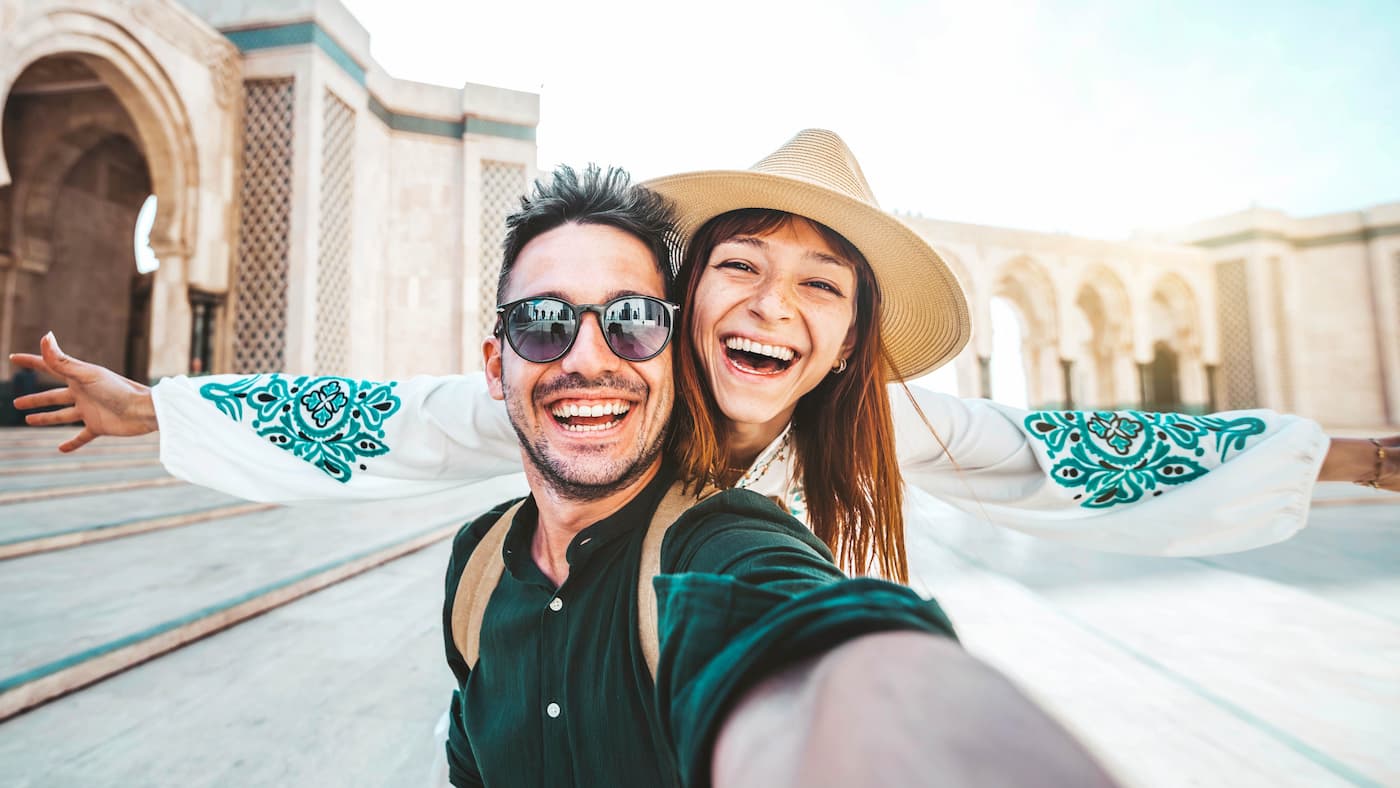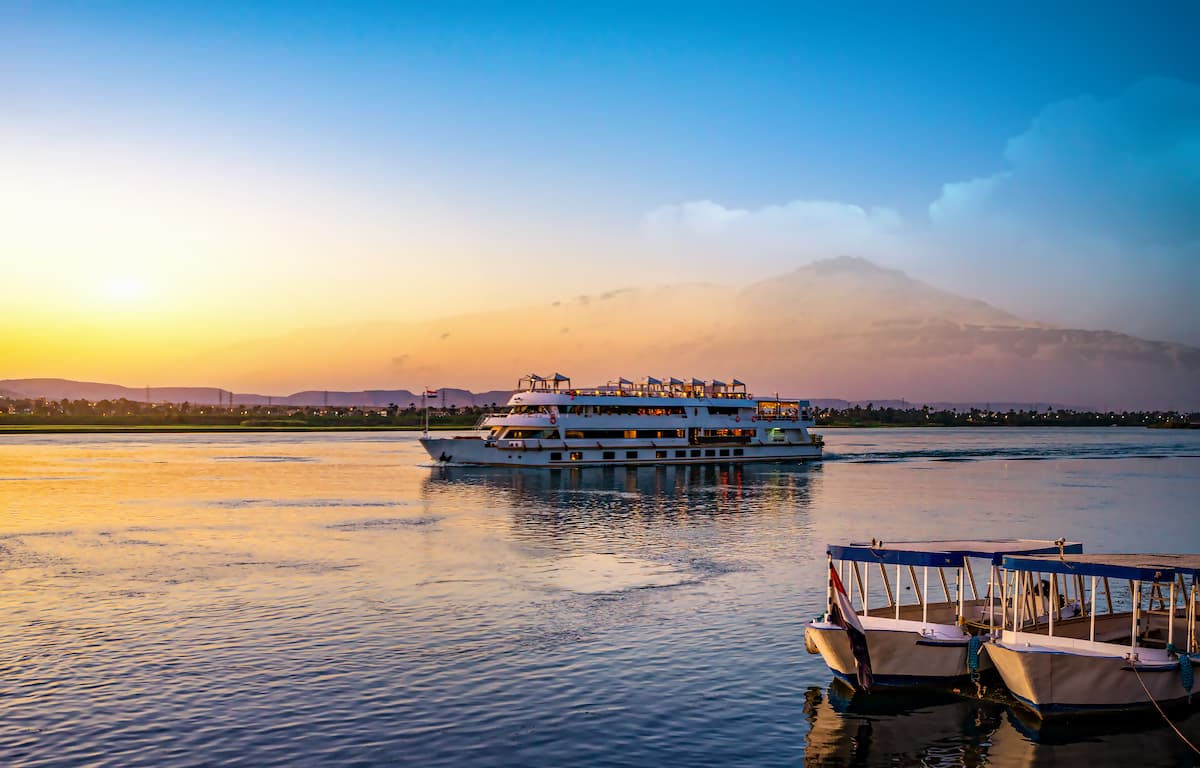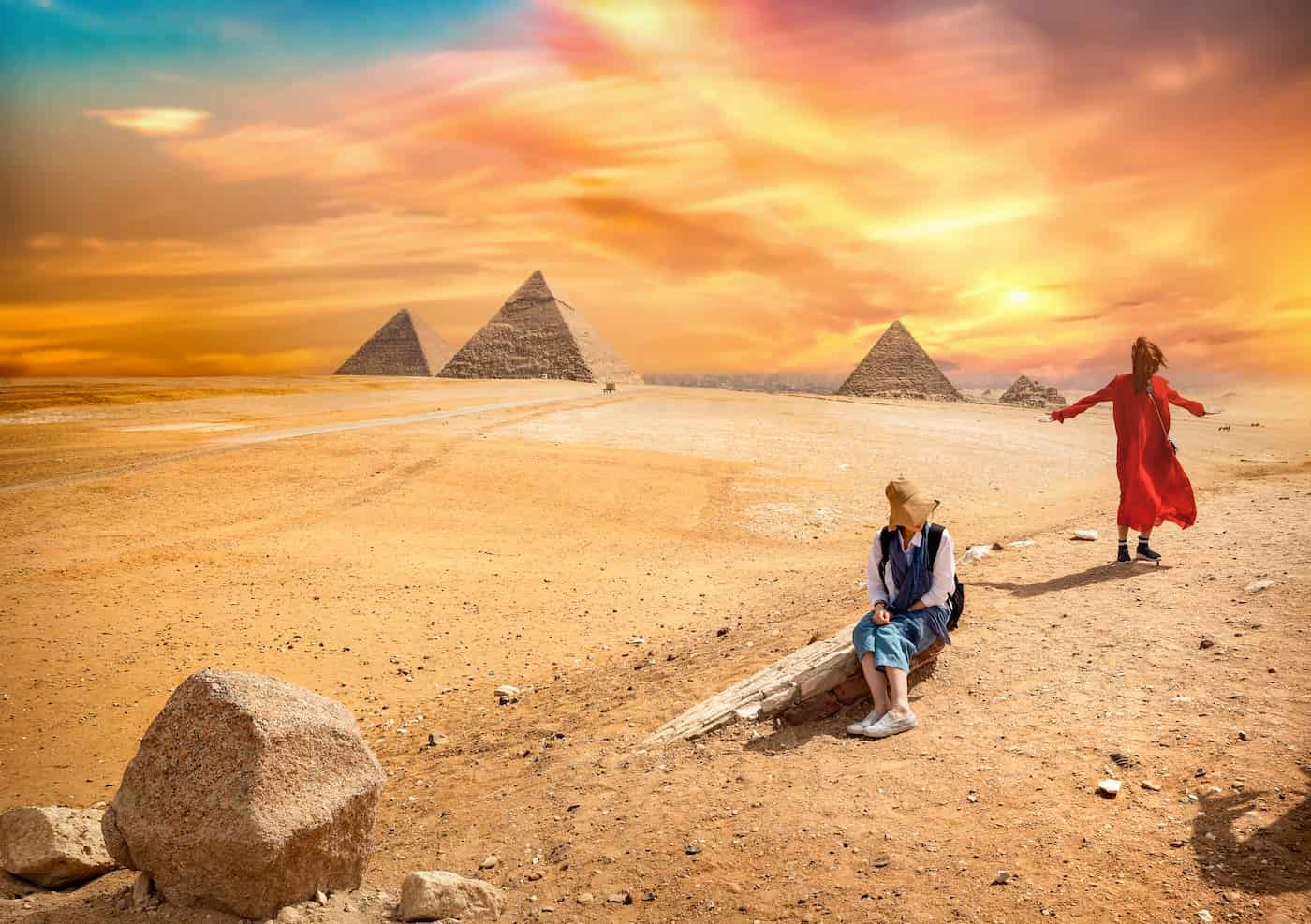Major Cities in Egypt: History, Culture, and Modern Highlights
In Egypt, ancient times intermingle with the present, in that the place allows one to find impressive historical sites and is, at the same time, a thrilling and bustling city. The various tourist attractions of Egypt are various, such as the great complex of Luxor, the pyramid of Giza among the legendary Pyramids, the spicy bazaars of Cairo, and the resorts of the Mediterranean in Alexandria.
Such towns were more than places where a person had a shelter or something to eat; they have always been the centers of power, trade, and religion. These are the wonders of history, facts of globalization, and possibilities of economy, not very majestic, which keep pulling up to Egypt, millions of foreign travellers all the time.
Perhaps what is most interesting about Egypt is the difference between its earlier historical centers where the pharaohs built their cities and the modern city centers where life as known in the 21st Century exists, Innovation, development, and globalization. Within the key Egyptian cities, the tourism industry has grown while being enriched with an enjoyable walk through the past to the present.
1. Cairo – The Vibrant Capital
The bustling capital of Egypt, Cairo, is the political, financial, and cultural hub of the nation. Hosting a population of over 20 million individuals, it is among the largest cities in both Africa and the Middle East and combines centuries-old traditions with modern settings, which is typical for a capital city.
Here, some of the tourist attractions in Egypt are found, most notably the iconic, King Tut era, Egyptian Museum, Islamic Cairo, which also has its bazaars and mosques, and Coptic Cairo with some of the oldest churches globally. Alternatively, casual sightseeing might be preferred on strolls in the animated and noisy Khan El Khalili souq, or simply a nice and quiet walk along a promenade on the River Nile and a dinner boat cruise for a more romantic view of the town.
In the present day, many firms and organizations in Cairo are functioning in a market-driven economy, playing their unique roles while providing expertise sessions for those in the educational system and forming shopping malls and nightclubs for the general public. Because along with the city’s beauty, rapid growth has made Cairo period less smooth flow for such reasons as pollution and traffic jams, without fail, Cairo is one great city of multitude extremes for all the years of civilization brought together the past about it and the present, which both cannot be fallen out of place in any tourist.
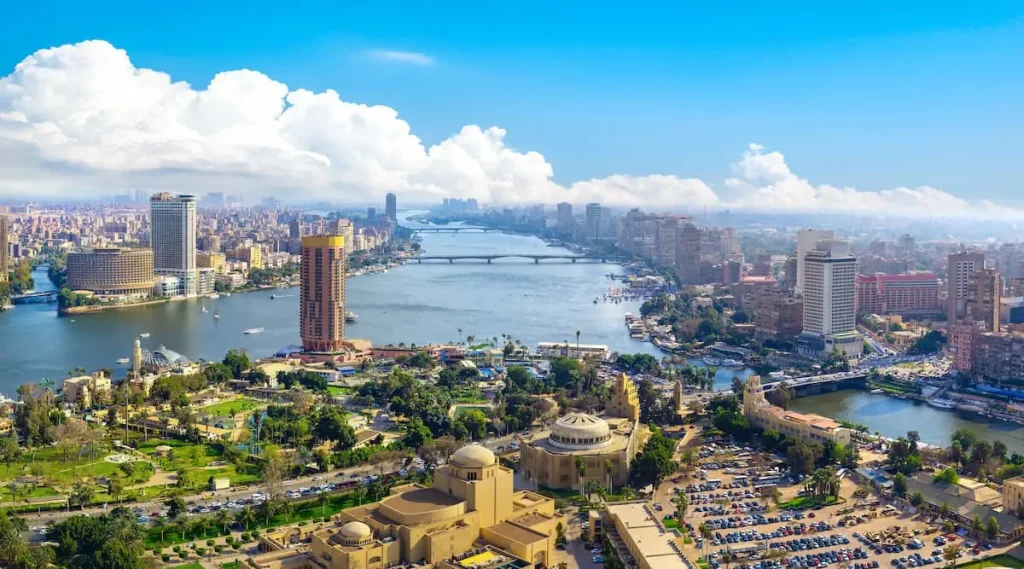
2. Alexandria – The Mediterranean Jewel
Having first witnessed the dawn of the great city in 331 BC, it is thoroughly debated that the city of Alexandria has become one of the two most prominent cities in the ancient world. On the shores of the Mediterranean Sea, there was Alexandria, which had libraries to store books and pyramids that are one of the Seven Wonders of the Ancient World; of knowledge, commerce, and civilization.
Located where Alexander the Great decided to construct the city, present-day Alexandria represents an amalgamation of its historic Greco-Roman roots and its present-day coastal contemporary charm. The city’s illuminated Bibliotheca Alexandrina reflects the city’s scholarly past, while the Qaitbay Castle now stands on the spot where the lighthouse once stood and eaches a way for the visitors. They also have the chance of experiencing the interiors of Muntazah Palace, taking a pleasant walk along the beautiful Corniche, or enjoying themselves on the beaches of the Mediterranean at its best, during why Alexandria is proud to be a summer destination.
Still, that holds, nonetheless, as the primary port of Egypt, Alexandria exists for the purposes of commercial affairs and engagements. Concurrently, its multicultural atmosphere is indeed remarkable, and this is in part a result of many centuries’ worth of various factors contributing to this end. The ancient past and the active way of life of today are what implanted this city in the memory of Egypt’s people, as it is one of the most bewitching cities in the country.
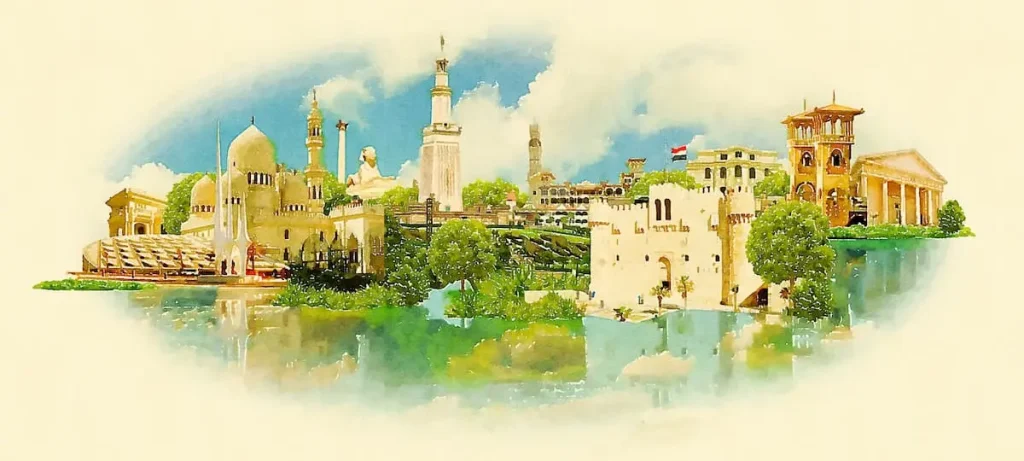
3. Giza – Gateway to the Pyramids
Giza is internationally known as an archaic land of Egypt’s most blessed monuments: the Great Pyramids and the Sphinx. These wonders of the ancient world, standing for over 4,500 years, continue to charm millions who flock to Giza to stand overly fascinated at their glamour, puzzlement, and illustrious existence.
While the city is frequently seen as an ancient treasure, it is more than just an archaeological site. Part of Greater Cairo, the city lives modern urban life with a blend of historical heritage. Away from the desert plateau, the neighborhoods of Giza are those of bustling markets, residential neighborhoods, and educational zones, giving it a flair of its own.
Tourism becomes a big-name business in Giza, stocking a plethora of hotels, cruise departures on the Nile, desert excursion possibilities, and cultural opportunities of the most irregular kind, always ready to serve the intrepid adventurers from all over. Giza, by way of example, gives a taste of advancement into antiquity, as does riding camels by the pyramids, from a sound and light show in the evenings, or to check out nearby museums.
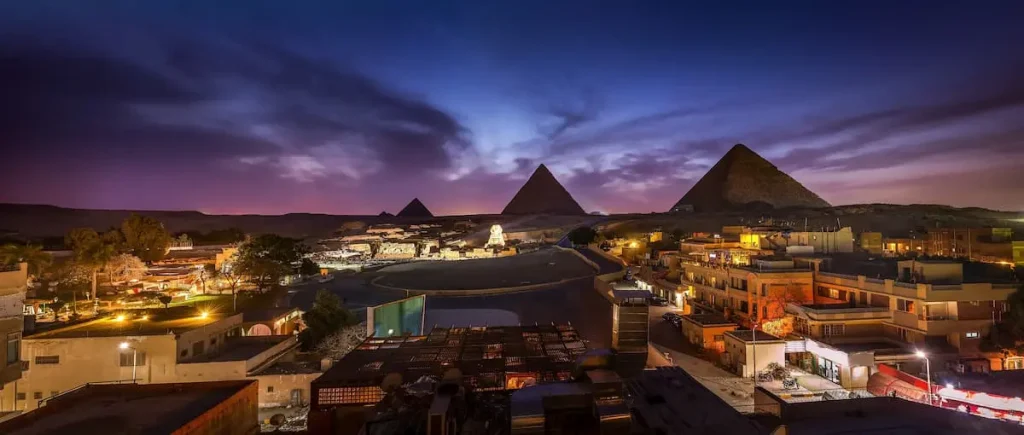
4. Luxor – The World’s Greatest Open-Air Museum
Once, Luxor was the capital of ancient Thebes, often named the world’s largest magnificent open-air museum. The city contains some magnificent ancient monuments and remains of Egyptian monuments, and is the core spot of archaeological and cultural tourism.
Excelling among the famous sites is the vast Temple of Karnak Complex, where the great god Amun was worshiped; luxuriously fine built and delicate Luxor Temple, a natural wonder at night with its lighting; and the Valley of the Kings and Valley of the Queens, where kings and queens, including King Tutankhamun, were buried. These sites express the grandeur and gorge of the spiritual concept that defined the ancient Egyptian world.
If Nile is a touristy pace fast life for Cairo and Alexandria, then Luxor is slow-paced and more traditional. Life is lived on the Nile, feluccas keep dotted over the waters, and bazaars narrate the life stories of simple Egyptians. So, for a tourist, Luxor is a walk through the beautiful golden days with a live expression of Egyptian hospitality.

5. Aswan – The Nubian Treasure
With its southernmost limits within Egypt, Aswan is a city wherein ancient history molds the vibrant Nubian culture. Aswan lies calmly in the rivers, flanked by the golden deserts and warm-hearted locals, exuding a slow-paced atmosphere that the Egyptian cities in the north fail to conjure.
Some exemplary sites in this city include: the enchanting Philae Temple, built for the worship of goddess Isis; the Modern Gastro Engineering wonder of Aswan High Dam, which reinvented Egypt on the Nile; and the Unfinished Obelisk with its grand history that gives an insight into stone carving in ancient times. Add to this list Elephantine Island, which comprises a medley of archaeological sites and Nubian settlements.
Perhaps, Aswan is the island of languor where many a Nile cruise either begins or ends. The waterways witness feluccas and plush riverboats themselves glide past each other with measured ease. While the very monuments tower over the city, Aswan is known for its bright Nubian villages where painted houses echo with vibrant tunes, traditional crafts, and booming laughter-celebrating culture alongside the Nile for centuries. All these create this city an agent that is not just an epitome of history but also a cultural challenge to contemporary Egypt.
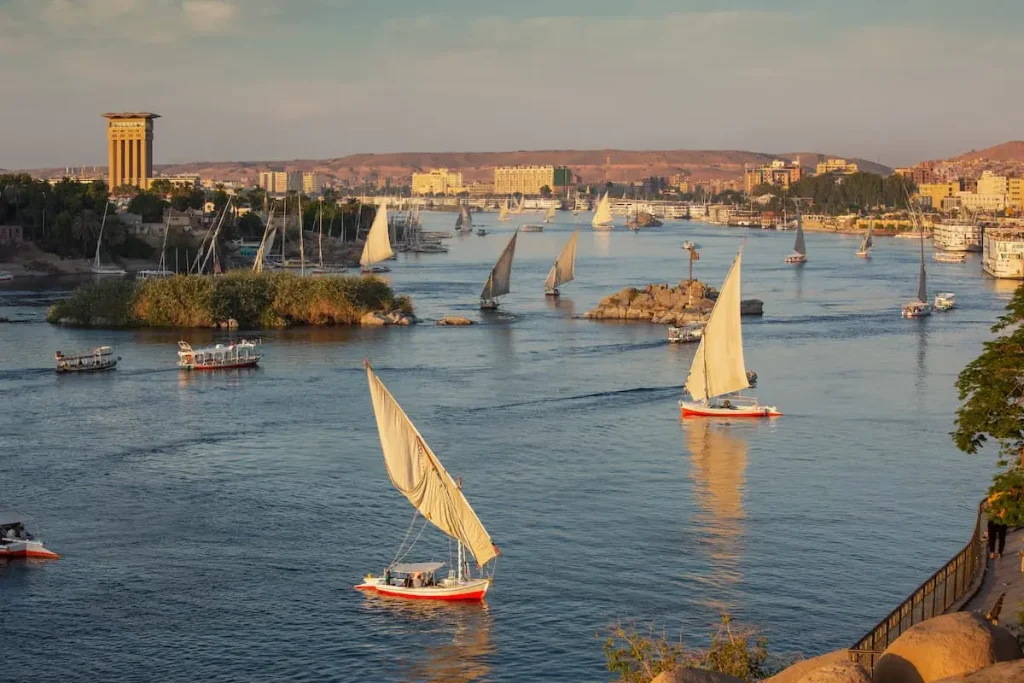
6. Sharm El Sheikh – The Red Sea Paradise
Being at the very southernmost tip of the Sinai Peninsula, Sharm El Sheikh in its own right is considered the top Egyptian resort city and quite famous among travelers, alternating between peacefulness and noise. It has evolved from a mere fishing village into an internationally known entity for sublime beaches, opulent resorts, and attractive marine life.
The Red Sea is resplendent with clear visibility, colourful reefs, and marine life-but that is what draws interest from divers and snorkellers. The famous Park Ras Mohamed offers some of the world’s best diving sites, while the Tiran islands still guard their underwater wonders. Land-wise, Naama Bay has a lot of amusement and a plethora of international restaurants, shopping outlets, and nightlife.
But fun is an endless affair in Sharm: a much greater global forum on conferences and the environment summit also takes place here, owing to the facilities and safe ambience. All-day sunshine, desert safaris, water sports, and great hospitality make Sharm El Sheikh one of the foremost tourist places in Egypt, where nature and modern luxury intertwine in perfect harmony.
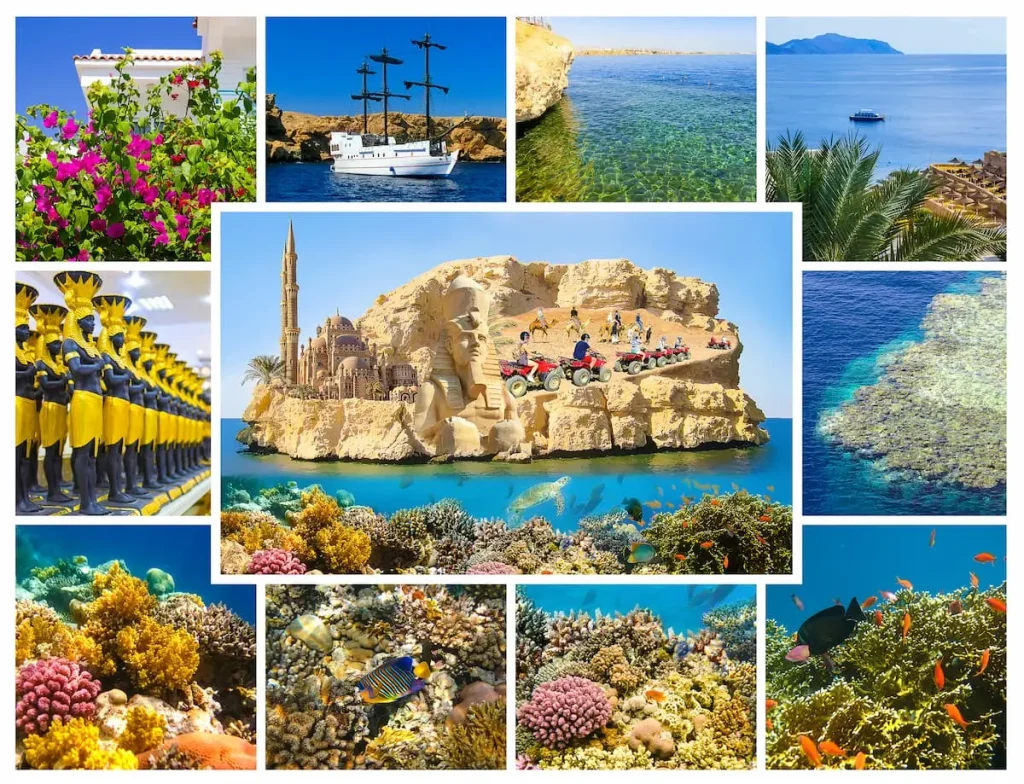
7. Hurghada – Sun, Sea, and Sand
The scenic beaches beside the Red Sea in Hurghada have lent it a touristless sort of air, one that local tourists keep very much to themselves. Moreover, Hurghada stands in easy contrast with Sharm El Sheikh, being the informal, relaxed, family-friendly sight. In addition, a lure for permanent residents, and for those who want a little fun and leisure bundled together.
From world-class diving experiences to snorkeling, to fifteen miles of sparkling waters conducive to windsurfing and kitesurfing. Additionally, the city has it all. Furthermore, get enamored by the marine life and coral reefs of the Sinai, while Giftun Island and other neighboring spots dazzle visitors in crystal waters and golden sandy beaches. Besides, allow your desert to complement your Red Sea vacation with jeep safaris, quad biking, camel riding, and for some true contrast to adrenaline-fueled adventures, Bedouin stories.
Though it has developed into a thriving expatriate community over the past few years, the international schools, modern facilities, and warm-heartedness offered to long-term inhabitants are a top delight. Assuredly, travelers looking for ease and comfort are treated to a dozen family-friendly resorts, luxury hotels, and inclusive packages. Sun-drenched, very affordable, and with many things going on, the aptly named Sun, Sea, and Sand City is indeed Hurghada.

8. Port Said & Suez – Guardians of the Suez Canal
From the northern to southern entrances of the now famous Suez Canal rest an equal number of cities of majestic strategic and economic importance to Egypt and the world. This duo, for health reasons, protects one of the planet’s most vital waterways, from the Mediterranean to the Red Sea, serving as a gate toward international trade.
Port Said was established in the 19th century, during the period of construction of the canal, and it still retains a unique character with its colonial architecture, broad avenues, and the allure of history. Being adrift on free trade zones, port activities, and a blend of cultures derived from its sea-faring history. The city, for cultural interest, has been blessed by the Military Museum and the lighthouse precinct.
Suez, at the southern end, through shipping, commerce, and industry, and being intimately connected to all these, is not just a backbone of the valiant Egyptian economy but also beyond industriality, drawing Gulf vibes from the Gulf of Suez and working as a transit for tourists en route to Red Sea resorts.
Thus, the Ports of Port Said and Suez become not only their works of economic life but also monumentally living legacies of the modern history of Egypt, her resilience, and world importance.
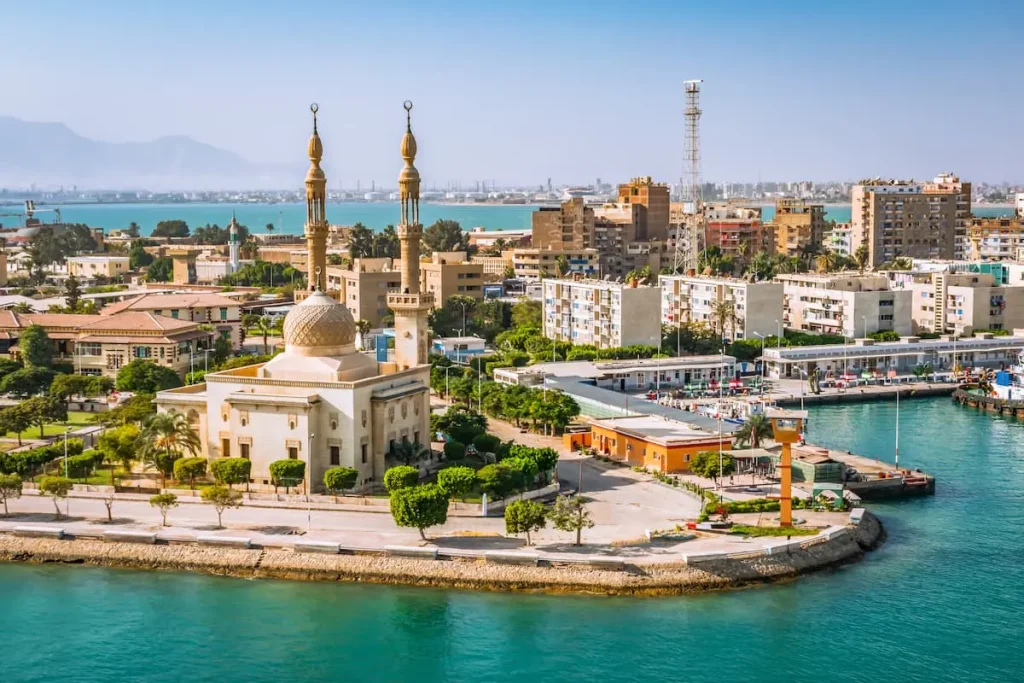
9. Other Significant Major Cities in Egypt
-
Mansoura – known for agriculture, medicine, and Delta culture.
Meaning “The Victorious,” Mansoura is a significant center located in the lush Nile Delta. Founded in 1203 or 1204 AD by Sultan Al-Kamil, the city was named after the great victory it had secured against the Crusaders in 1250. Nowadays, Mansoura is considered a site that also caters to agriculture, education, and medical sciences.
The lands surrounding Mansoura are among Egypt’s best lands, creating the perfect backdrop for Delta agriculture and food industries. The Mansoura University lies here, with its most famed faculty being of Medicine, among the top Faculties of Medicine in the entire Middle East and attracting students locally and beyond; thus was given the title “Medical Capital of the Country.”
Mansoura is a city fully immersed in Delta traditions with its markets, food, and hospitality. Also, it cherishes its architectural gems that range from Ottoman houses to the Dar Ibn Lockman Museum, where France’s King Louis IX was held captive after his defeat in battle.
Today, Mansoura is a bustling city that is still developing, with the promising past narrating the tale of resilience, scholarliness, and Delta culture.
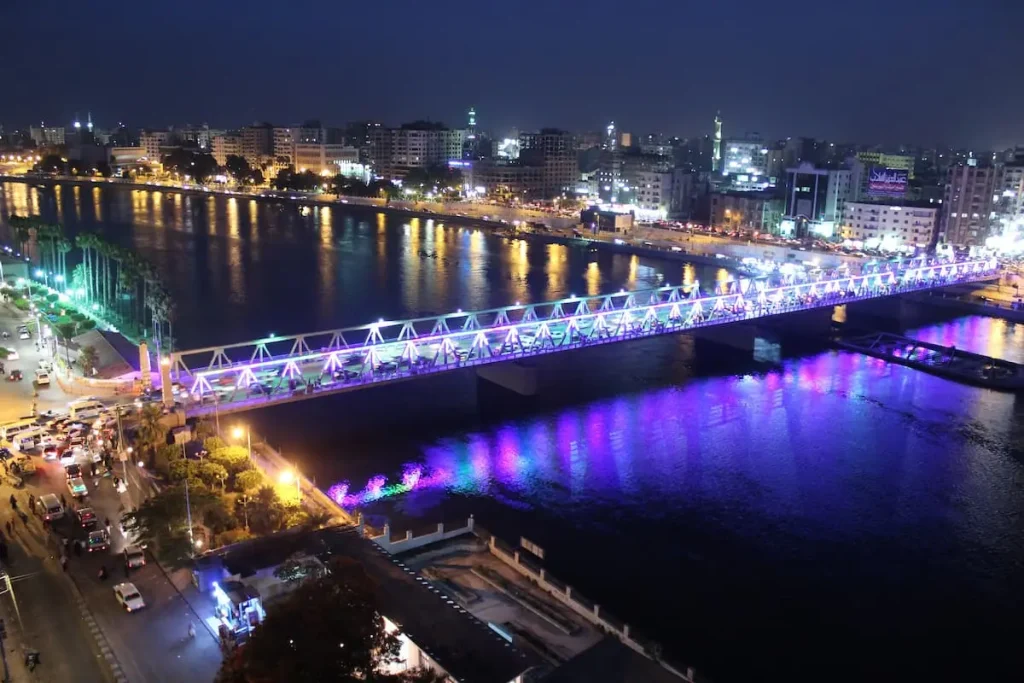
-
Tanta – famous for religious festivals (Moulid of Sayid Ahmad al-Badawi).
Tanta, being within the Nile Delta, has arguably enjoyed almost the universal reputation of being the spiritual center of Sayid Ahmad al-Badawi, a great 13th-century Sufi saint. The entire year-long biggest religious festival in Egypt, Moulid of Sayid Ahmad al-Badawi, is celebrated in the city, attracting hundreds of thousands of pilgrims and tourists from all over the country. The streets of Tanta are filled with processions, drumbeats, markets, and traditional delicacies during the occasion, engraving worship and festivity in the city’s memory.
Al-Sayyid al-Badawi Mosque is at the heart of the city and is regarded as one of the largest Islamic monuments in Egypt. Visitors are drawn to the shrine of the saint throughout the year, while the existence of such an illustrious religious figure has highly advanced Tanta in the spiritual and cultural life of Egypt.
Apart from the religious aura, Tanta could be an industrial and commercial paradise. It is famous for its textile production and even more for its contribution to the Egyptian economy. The city is also renowned for its sweetmeats, Tanta Halawa being one amongst those, a local sesame sweet that by now has become an emblem of the city and serves as a pass-around during festivals.
With a spiritual heritage, an industry, and Delta traditions all together, Tanta becomes the city where faith and community meet.
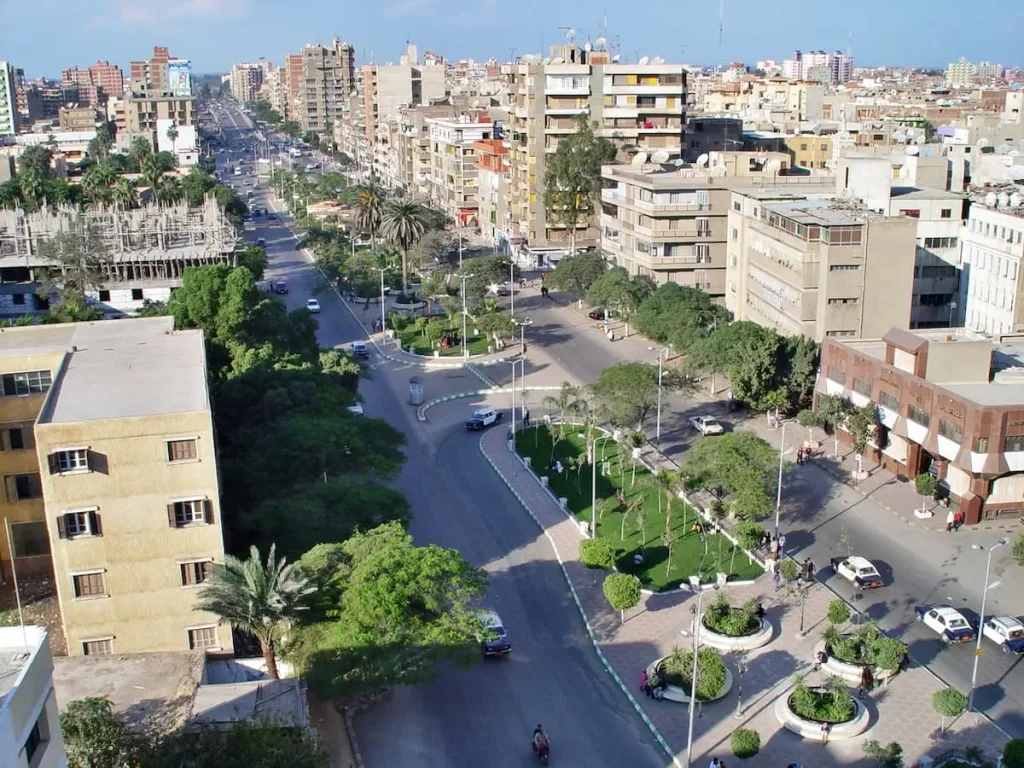
-
Ismailia – green city by the Suez Canal with colonial charm.
Located in the northeast of Egypt and along the Suez Canal, Ismailia is a small city that is nicknamed ‘City of Roses.’ The city was founded in 1863 during the construction of the canal and was planned to be a retirement home for foreign engineers and workers. In some way, that history has given Ismailia a strange colonial aura characterized by broad boulevards, European-style mansions, and grand tree-lined streets.
Ismailia is rich in natural beauty and gardens. Considering the hustle and bustle around most of the cities, Ismailia, therefore, enjoys a calm, refreshing atmosphere. Artifacts from the Greco-Roman to the Pharaonic periods were excavated at the building of the canal and became a part of the Musée d’Ismailia collection. In order to promote culture, the city also holds the International Ismailia Film Festival.
Ismailia has always been at the crossroads of cultures and has remained a potent city for trade and maritime affairs, positioned strategically along the Suez Canal. At the same time, it is a prominent domestic excursion spot, with locals enjoying the city lakes, palm groves, and some tranquility.
With colonial charm, an active cultural life, and occasional views of nature, Ismailia really does live up to its title as the green city of Egypt, euphorically sitting by the canal.
-
Damietta – famous for furniture and Mediterranean fishing ports.
Being a city of craftsmanship, commerce, and maritime history, it is located far to the northeast of the Nile Delta, bordering the Mediterranean Sea. Because of sea considerations, the city figured as a strategic hub of maritime trade, interaction, and mutual cultural exchange, especially during medieval times when trade flourished and was interrupted due to the Crusades.
Another trade for which Damietta remains and has been famous is furniture making. The cabinetmakers of this city mold wooden furniture of such fine quality that it is readily accepted throughout Egypt and abroad. Hence, it is called the Furniture City of Egypt. Wandering through the workshops and showrooms of Damietta will leave no doubt in one’s mind that here is a city proud of this species of arts passed on from generation to generation.
Besides, it is one of the fishing ports along the Mediterranean. The ports hear-day from dawn to dusk rivers of fresh fish stocks brought in by fishermen from the sea for local markets and exports. The city is also reputed for its seafood culinary delights and traditional sweets, especially those filled with date molasses.
A clash of industry, tradition, and scenic beauty tends to make Damietta lose itself in a world where crafts and the sea in tandem define the living spirit of the common man. That rare juxtaposition of socio-economic and politico-cultural imperatives makes Damietta one of the strangest urban landscapes in Egypt.
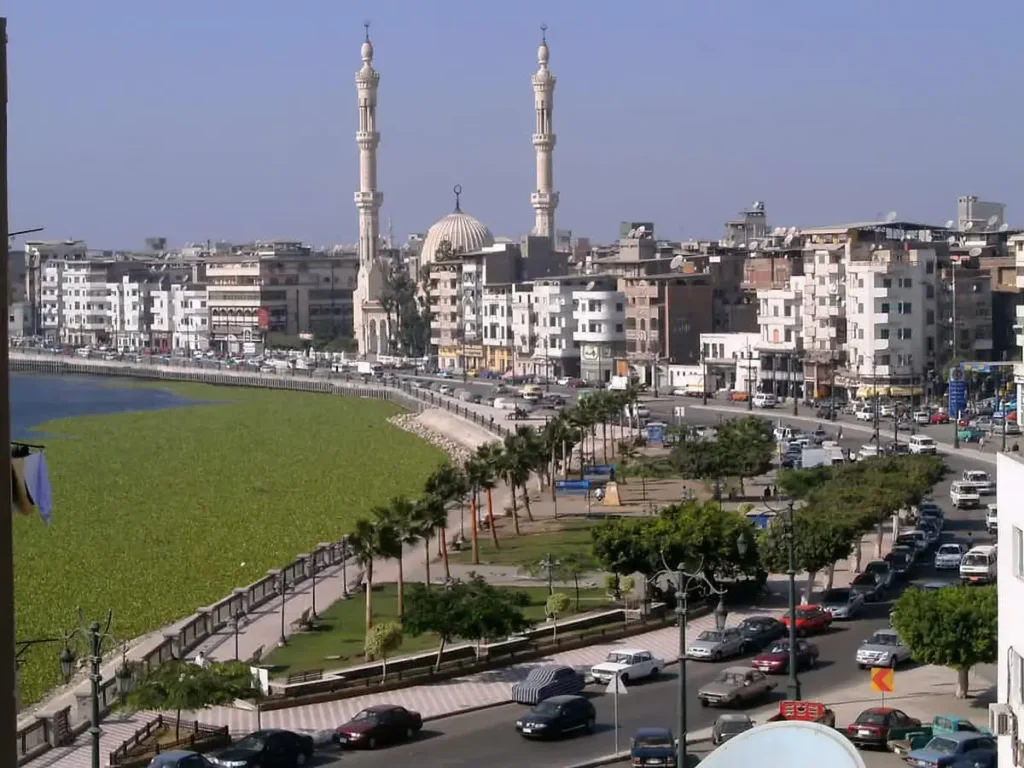
10. Ancient Cities and Their Legacy As Major Cities in Egypt
Egypt’s story could never be told without tribute to these cities that have been, for millennia, an amalgamation of the worlds of political authority, religion, and worship. Each city provided a grand legacy that continues to weave the fabric of Egyptian culture and, henceforth, progressively bring it to the world’s conscience.
Established about 3100 B.C. by King Narmer, Memphis would become the first capital of the unified Egypt. Memphis, being very close to where Cairo stands presently, was a city of Old Kingdom administrations and commerce, and of religion. The ruins of Memphis and the necropolis at Saqqara can only faintly echo the brilliant glories achieved by early Egypt.
During the Middle and New Kingdoms, Thebes, in present-day Luxor, maintained a status worthy of capital with attractions of religious and political importance. Majestic temples at Karnak and royal tombs in the Valley of the Kings surely affirm the city’s identity as one of divine kingship and eternal life.
Heliopolis is a city of worship and philosophy, of spiritual deeds, and is considered to be the earthly abode of the sun god Ra. Nearly nothing remains of this once-great city that for close to two thousand years influenced concepts of education and Egyptian theology.
Abydos is one of the oldest sacred places, considered a sacred pilgrimage site to Osiris, the god of the afterlife. Splendid temples to the pharaohs were erected there to define it as the spiritual center of rebirth and eternity.
Conclusion of Major Cities in Egypt
Egyptian cities extend way beyond just homes for the people. They exist as living testimony with their streets and monuments telling stories of different civilizations from the glory that the Greeks and Romans conferred on the Pharaonic capitals of Memphis and Thebes, through Cairo’s Islamic monuments, to the modern bustling centers along the Nile and Red Sea, with each city narrating another layer in the Egyptian identity.
Such urban centers, painted administrative, economic, and power infrastructures, are also cultural and spiritual markers that one could dramatize through time: standing before the Pyramids of Giza in the morning; roaming medieval mosques by noon; and soaking up the vibes of a fairly new cityscape along the Nile at sunset. Places such as Luxor and Aswan portray the eternal Egyptian relationship with the past, while coastal locations like Sharm El Sheikh and Hurghada bear witness to its present-day tourism.
The Egyptian aura continues to grow, bustling from within those powerful cities where history and modernity exist side by side. These cities, old and new alike, form the backbone of the nation and let the world, far and near, savor the richness, endurance, and beauty of Egyptian culture.

